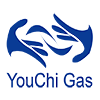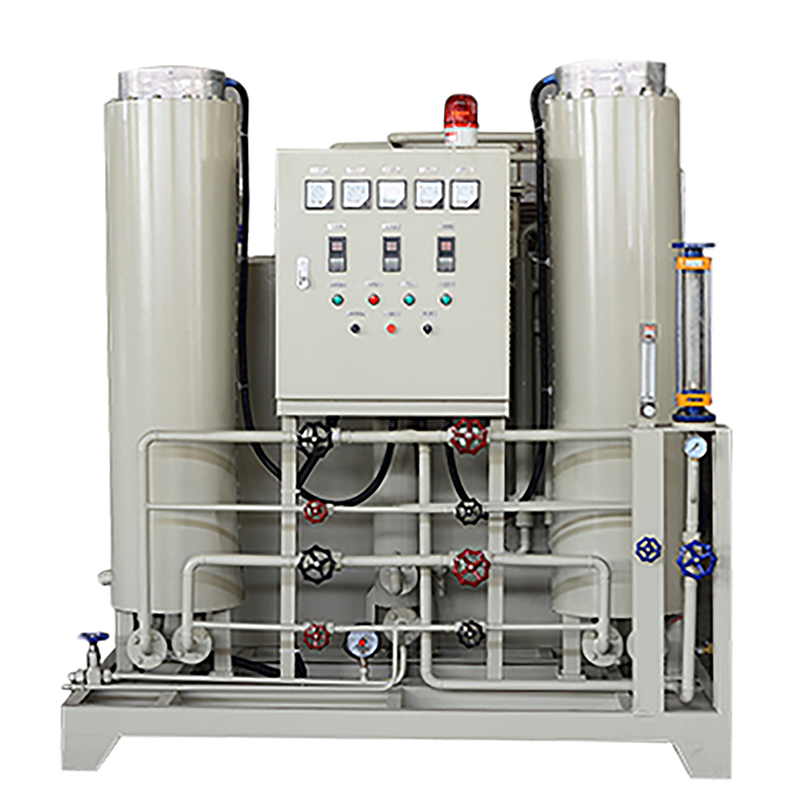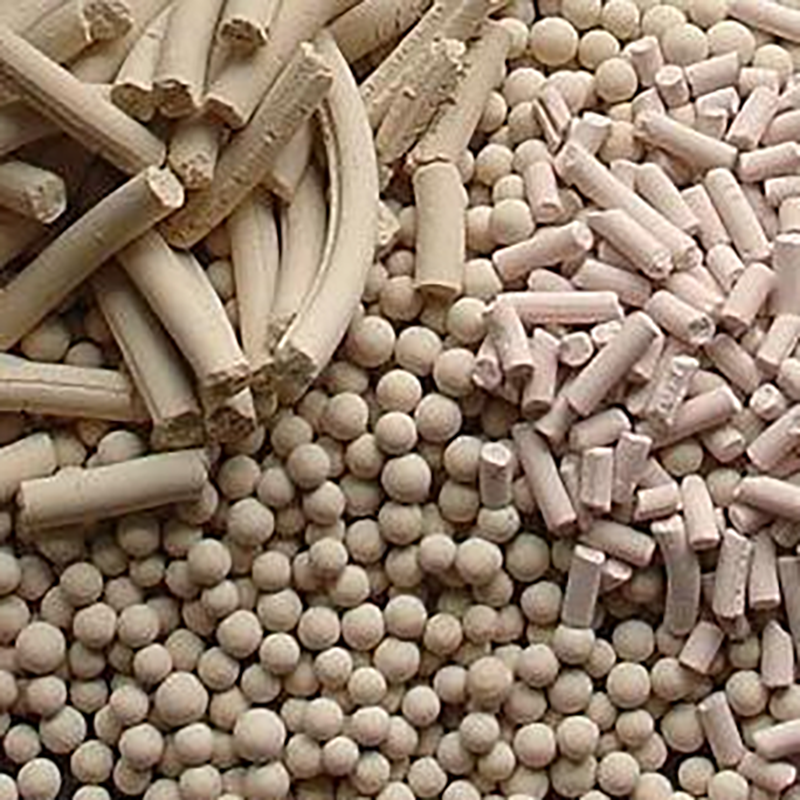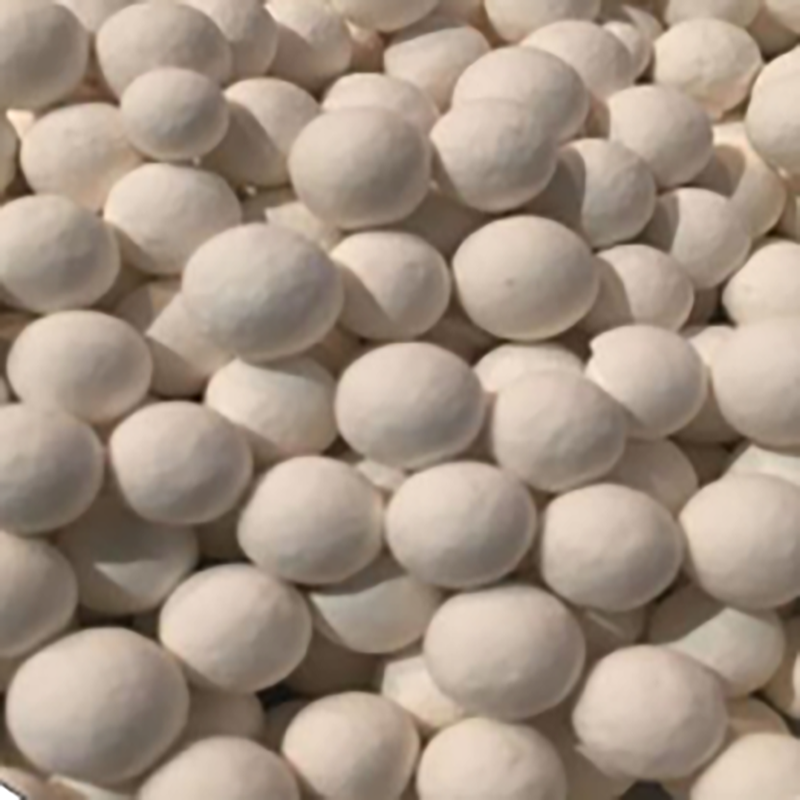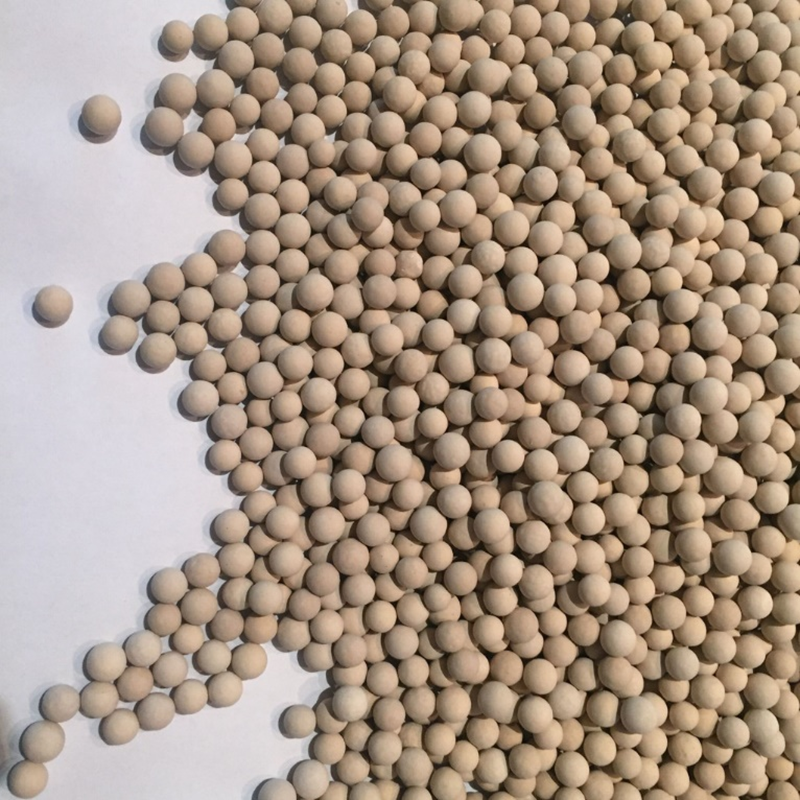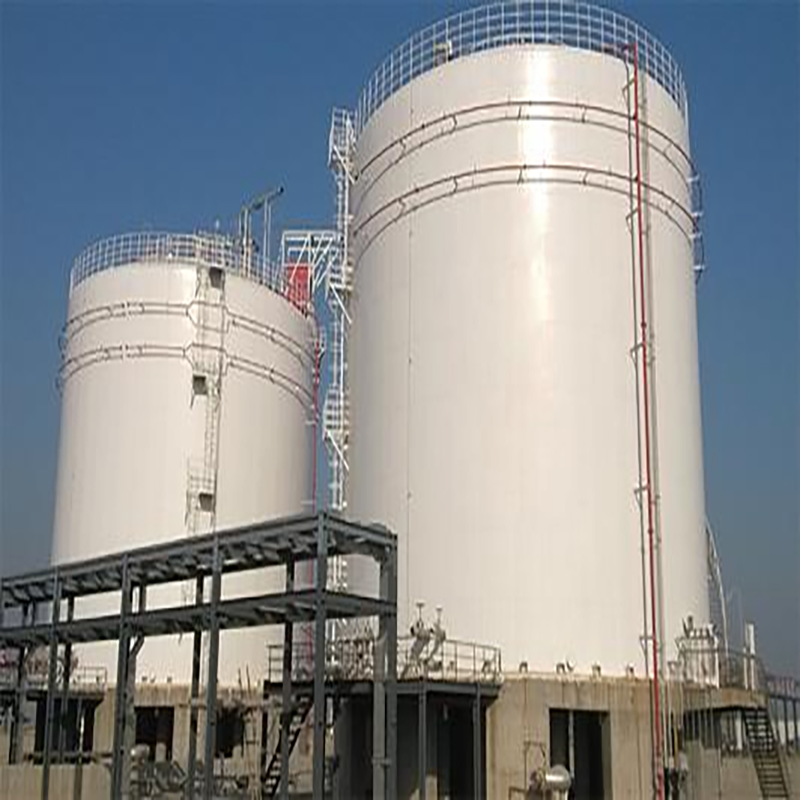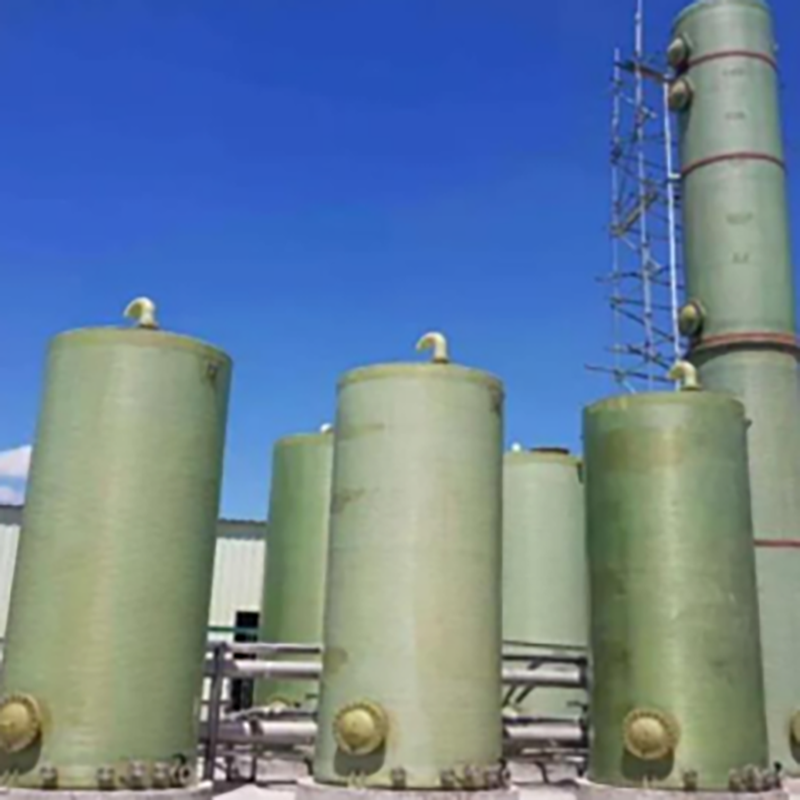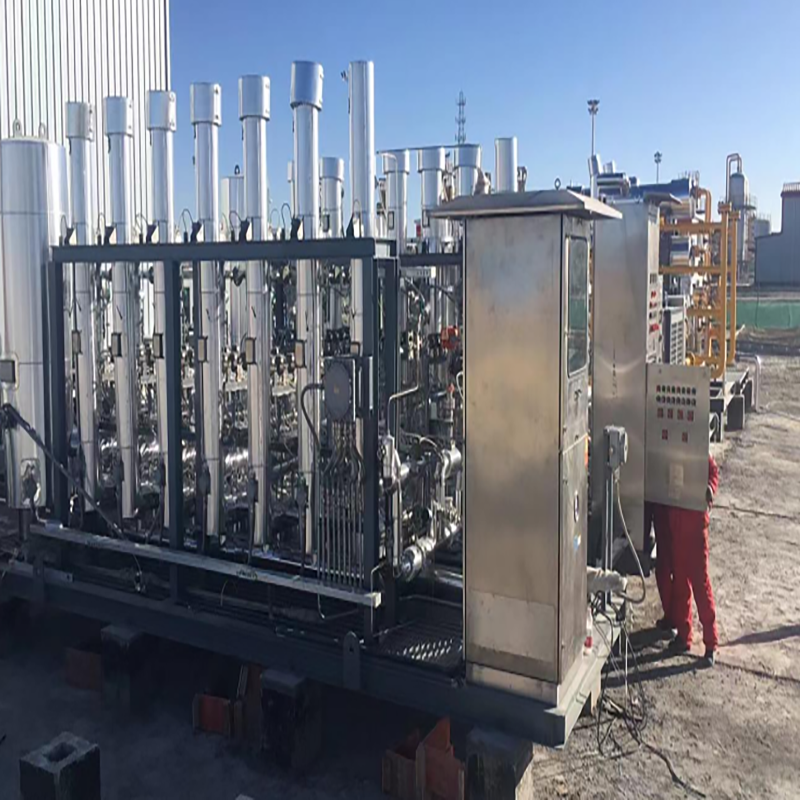PRODUCT CENTER
PSA H2 Generator
Features:
The pressure swing adsorption (PSA) hydrogen generator employing the ammonia decomposition method utilizes liquid ammonia as the feedstock. The liquid ammonia undergoes depressurization through a pressure reduction valve, subsequently vaporizing in a carburetor before entering the decomposition furnace, where it decomposes at temperatures ranging from 800°C to 850°C.
Post decomposition, the high-temperature gas exchanges heat with gaseous ammonia in a heat exchanger, facilitating the cooling of the decomposed gas while preheating the incoming ammonia, which then proceeds to the decomposition furnace.
This process yields a gaseous mixture comprising 75% hydrogen and 25% nitrogen.
The mixture is then fed into a gas purification system, where residual water and other impurities are removed, ultimately resulting in the output of clean hydrogen gas.
Product Details
The pressure swing adsorption (PSA) hydrogen production unit based on the ammonia decomposition method employs liquid ammonia as the raw material feed. The liquid ammonia stream undergoes pressure reduction via a dedicated valve before vaporizing in a carburetor and subsequently entering the decomposition reactor, where the decomposition takes place within a temperature range of 800°C to 850°C.
Following the decomposition stage, the high-temperature gaseous products exchange heat with the incoming gaseous ammonia in a heat exchanger. This process facilitates the cooling of the decomposed gas while simultaneously preheating the ammonia feed before it enters the decomposition reactor.
The result of this process is a gaseous mixture comprising 75% hydrogen and 25% nitrogen.
This mixture then proceeds to a gas purification system, where residual water vapor and other impurities are removed, ultimately yielding clean hydrogen gas as the final product.
The chemical reaction governing this process can be represented by the equation: 2NH3 → 3H2 + N2
| Model | H2 capacity(Nm3/h) | H2 purity | Delivery pressure(MPa) | Dew point | Power consumption (kWh/m3 H2) |
|---|---|---|---|---|---|
| YCHA-10 | 10 | ≧99.9995% | 0.1-15 | ≦-60°C | ≦0.7 |
| YCHA-50 | 40 | ≧99.9995% | 0.1-15 | ≦-60°C | ≦0.7 |
| YCHA-100 | 80 | ≧99.9995% | 0.1-15 | ≦-60°C | ≦0.7 |
*higher pressure available if required.
ADVANTAGES:
-Established technology with proven safety credentials
-Employs low decomposition pressures and an oxygen-free environment to uphold stringent safety standards
-Lower power consumption translates to reduced operating costs
-Requires a smaller initial investment due to its cost-effective nature
-Ammonia, the raw material, is an inexpensive and readily available commodity
-Streamlined process with fewer steps facilitates ease of operation
-Compact footprint and straightforward installation, negating the need for substantial infrastructure investment
-Does not necessitate specially trained operators
-Automated temperature control and flow regulation via dedicated valves
COMMERCIAL APPLICATIONS:
-Annealing furnaces (metal, mechanical)
-Float glass
-Metallurgy (sintering)
-Refractory materials
-Chemical (reducing gas)
-Electrical industry
-Metallurgy
-Semiconductor
-Float glass
-Artificial diamond
-Electronics
-Power plants
